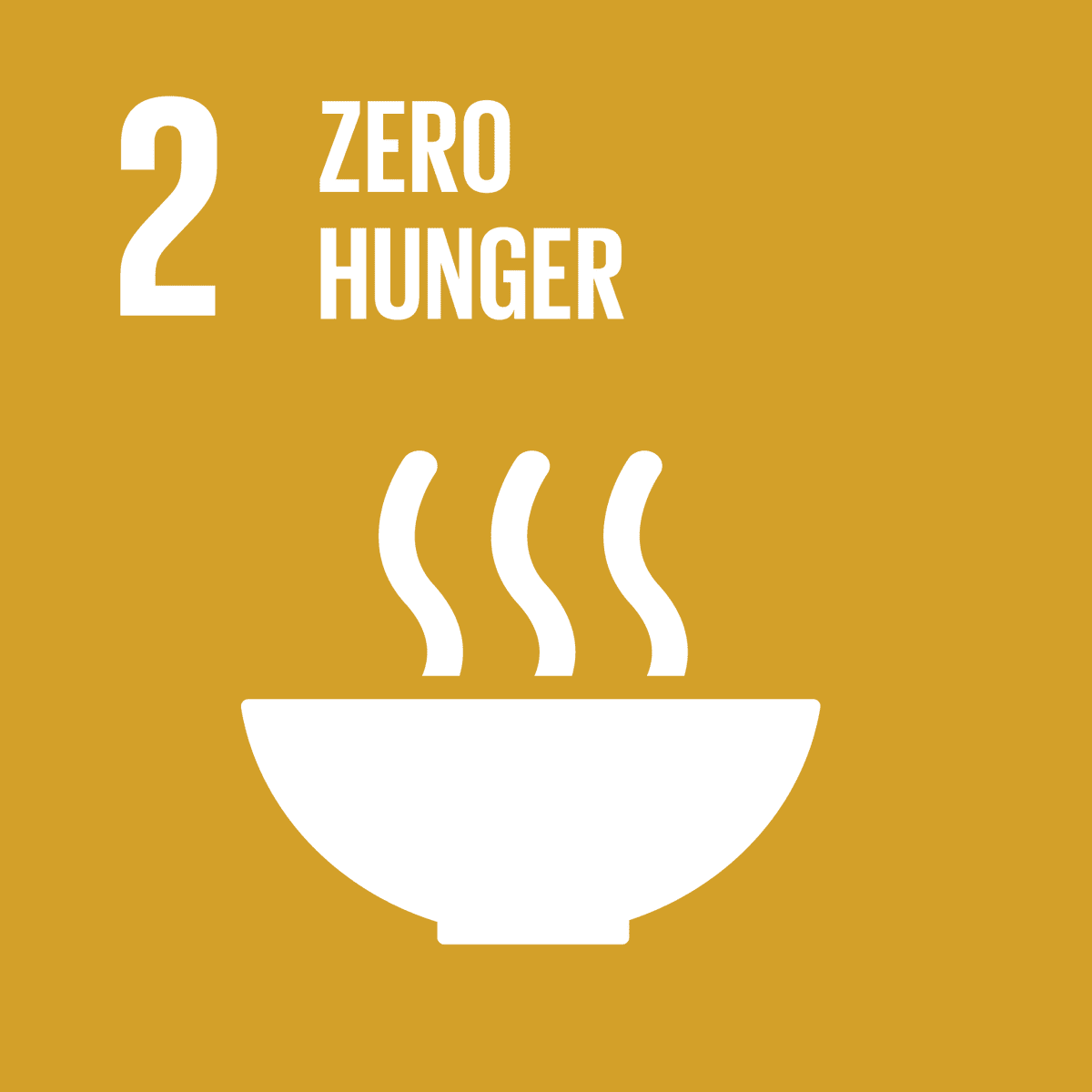OceanWatch Australia recognises best practice marine and coastal environmental interventions (repair, rehabilitation, restoration or eco- engineering projects) benefit greatly from both academic research and implementer input. Our Communities of practice project facilitates that blend.
Healthy coastal habitats (‘blue infrastructure’) are essential for the economic and social well-being of coastal communities. These habitats drive coastal productivity supporting our fisheries and other industries. However, these habitats are threatened by anthropogenic activities, which has led to drastic declines in many of our important marine and coastal habitats.
Community of Practice (CP) across Australia are a means for topic experts and practitioners to gather, share and learn what participants are working on individually. Collectively sharing this knowledge helps focus relevant monitoring and research of marine assets and guides best practice on-ground environmental interventions. This activates world-class best practice science to maximise the impact of available management resource interventions. CP may also inform and assist best practice considerations for responsible fishing practices. CP knowledge transfer plays an increasingly important role for Australia as the loss of marine biodiversity and climate change occurs. Marine assets support the productivity and health of fishing and aquaculture professional businesses; therefore, it is vital that environmental interventions make the most of limited resources.
Coastal and Marine CP
Open to NRM organisational staff (members of NRM Regions Australia).
OceanWatch is the chair for the Coastal and Marine CP.
This CP meets monthly on zoom to share, discuss and learn about implementation of coastal projects. A guest speaker is usually invited. Past speakers with recordings covered, scaling up Implementation, Insurance, the NESP. A joint source of truth google document contains meeting notes and contacts while a “Slack” channel membership is the platform to share information.
Australian Mangrove and Saltmarsh Network
Open to all
The Australian Mangrove and Saltmarsh Network is an independent network for organisations and individuals concerned with mangrove and saltmarsh tidal wetlands, particularly around Australia. The network hosts a diverse and growing membership; including those involved in policy and legislature around wetland management, environmental consultants, professional researchers, industry officers, and community representatives. It aims to meet annualy in person at a venue around Australia and is usually hosted by an academic institution.
Regional Agricultural Landcare Facilitator Network
Open to Regional Agricultural Landcare Facilitators
The RALF network is made of RALF positions, generally 1 per NRM region across Australia. Each state meets independently. The NSW and ACT staff meet monthly.
Great Barrier Reef QLD Wetlands Network
Open by invitation
This is administered by the Queensland Governments Wetlands team. The key mechanism used to establish partnerships through this project was the establishment and administration of the Great Barrier Reef Wetlands Network. The network meets quarterly via teleconference and undertakes one face-to-face forum annually.
OceanWatch staff participation is supported through funding from the Australian Government.
To find out more or ask questions to any of the above CP please email Simon@oceanwatch.org.au
